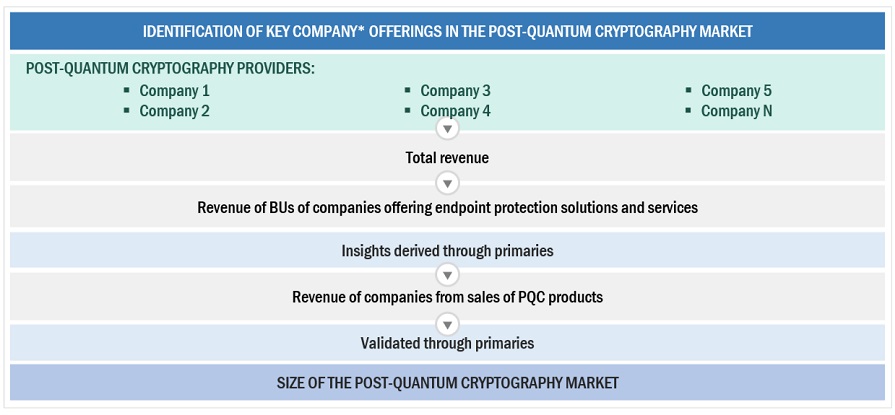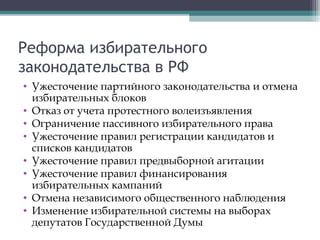Post-Quantum Cryptography Market To Explode: New Algorithms And Migration Strategies

Table of Contents
New Post-Quantum Cryptography Algorithms: A Diverse Landscape
The quest for quantum-resistant cryptography has spurred the development of a diverse range of algorithms, each with its own strengths and weaknesses. These algorithms fall into several main categories:
- Lattice-based cryptography: Known for its efficiency and versatility.
- Code-based cryptography: Relies on the intricate mathematics of error-correcting codes.
- Multivariate cryptography: Utilizes the complexity of multivariate polynomial equations.
- Hash-based cryptography: Leverages the properties of cryptographic hash functions.
- Other categories: Including isogeny-based and supersingular elliptic curve isogeny cryptography.
Lattice-based Cryptography
Lattice-based cryptography is a prominent contender in the PQC arena. Its strengths lie in its efficiency and versatility, making it suitable for various cryptographic applications. Popular algorithms in this category include CRYSTALS-Kyber (for key encapsulation) and Dilithium (for digital signatures), both selected by NIST for standardization.
- CRYSTALS-Kyber: Offers fast key exchange, well-suited for resource-constrained devices.
- Dilithium: Provides efficient digital signatures with relatively small key sizes.
- Potential weaknesses: While considered robust, ongoing research continues to explore potential vulnerabilities.
Code-based Cryptography
Code-based cryptography's security relies on the difficulty of decoding random linear codes. Classic McEliece is a leading example, offering strong security based on well-established mathematical foundations.
- Classic McEliece: Offers high security but with relatively large key sizes compared to lattice-based alternatives.
- Comparison to Lattice-based: Code-based cryptography generally exhibits higher computational overhead than lattice-based cryptography but offers strong security guarantees.
- Strengths: Proven security based on well-understood mathematical problems.
- Weaknesses: Larger key sizes and slower performance compared to some alternatives.
Multivariate Cryptography
Multivariate cryptography leverages the difficulty of solving systems of multivariate polynomial equations. While offering unique characteristics, its computational cost can be a limiting factor.
- Examples: Rainbow and UOV.
- Advantages: Potential for efficient signature schemes.
- Disadvantages: High computational cost and relatively larger key sizes.
Hash-based Cryptography
Hash-based cryptography utilizes cryptographic hash functions to construct digital signatures. However, its key limitation is the one-time use of keys.
- Security Properties: Offers strong security based on the collision resistance of the underlying hash function.
- Applications: Suitable for applications where key generation is not a major bottleneck.
- Limitations: One-time use of keys necessitates careful key management.
The Challenges of Migrating to Post-Quantum Cryptography
Migrating existing systems to PQC presents a complex undertaking, demanding careful planning and execution. Several key challenges must be addressed:
Interoperability and Standardization
Standardization is paramount to ensure interoperability between different PQC algorithms and systems. The NIST post-quantum cryptography standardization project plays a pivotal role in this process.
- Key Standardization Bodies: NIST, ETSI, ISO/IEC.
- Initiatives: The NIST PQC standardization process aims to establish widely accepted algorithms.
- Interoperability Challenges: Achieving seamless integration between various algorithms and existing infrastructure requires significant effort. Cryptographic agility is key to managing this transition.
Performance and Resource Overhead
PQC algorithms can introduce performance overhead compared to current algorithms. Resource constraints, particularly on embedded systems and IoT devices, pose a significant implementation challenge.
- Performance Optimization: Techniques are needed to mitigate performance bottlenecks.
- Resource Constraints: Algorithms must be optimized for resource-constrained environments.
- Implementation Challenges: Porting and integrating PQC algorithms into existing systems require careful consideration of resource usage.
Key Management and Lifecycle
Robust key management strategies are crucial for PQC, considering the potential impact of larger key sizes and more complex key generation procedures.
- Key Generation: Secure and efficient key generation processes are essential.
- Key Distribution: Secure mechanisms for distributing keys are necessary.
- Key Revocation: Efficient and secure key revocation procedures must be implemented.
Market Opportunities and Growth Drivers in the Post-Quantum Cryptography Sector
The market for PQC solutions is experiencing rapid expansion, fueled by several key factors:
Government Regulations and Incentives
Governments worldwide are recognizing the threat of quantum computing and are implementing regulations and incentives to encourage the adoption of PQC.
- Government Initiatives: Many countries are investing in PQC research and development and mandating its use in critical infrastructure.
- Policies: Regulations are emerging to ensure the security of sensitive data against quantum attacks.
Growing Demand from Various Industries
Various sectors are driving the demand for PQC solutions, each with specific security requirements:
- Finance: Protecting financial transactions and sensitive data.
- Healthcare: Securing patient records and medical devices.
- Government: Protecting national security and critical infrastructure.
Investment in Research and Development
Significant investments are being made in PQC research and development, fueling innovation and the development of robust solutions.
- Key Players: Major technology companies, research institutions, and startups are actively involved in PQC research.
- Investment Trends: Funding for PQC is increasing rapidly as the threat of quantum computing becomes clearer.
Conclusion: Securing the Future with Post-Quantum Cryptography
The need for post-quantum cryptography is undeniable. The diversity of algorithms offers a range of options, but the migration process presents significant challenges. The market for PQC solutions is projected to experience explosive growth, driven by government regulations, industry demands, and increased R&D investment. Embrace the future of cybersecurity and begin your journey to post-quantum cryptography today! Explore the latest algorithms and migration strategies to ensure your data remains secure in the age of quantum computing.

Featured Posts
-
 Edinaya Rossiya Sbor Predlozheniy Dlya Predvybornoy Programmy Ot Deputatov
May 13, 2025
Edinaya Rossiya Sbor Predlozheniy Dlya Predvybornoy Programmy Ot Deputatov
May 13, 2025 -
 Chris And Megs Wild Summer Journey
May 13, 2025
Chris And Megs Wild Summer Journey
May 13, 2025 -
 Family And Friends Remember 15 Year Old Killed At School
May 13, 2025
Family And Friends Remember 15 Year Old Killed At School
May 13, 2025 -
 Mlb Baseball Home Run Prop Picks And Odds For April 26th
May 13, 2025
Mlb Baseball Home Run Prop Picks And Odds For April 26th
May 13, 2025 -
 Ovechkins Historic Night 894 Goals Matching Gretzkys Record
May 13, 2025
Ovechkins Historic Night 894 Goals Matching Gretzkys Record
May 13, 2025
Latest Posts
-
 Brazils Shifting Ev Landscape Byds Expansion And Fords Retreat
May 13, 2025
Brazils Shifting Ev Landscape Byds Expansion And Fords Retreat
May 13, 2025 -
 Chinas Byd Challenges Fords Fading Presence In Brazils Ev Market
May 13, 2025
Chinas Byd Challenges Fords Fading Presence In Brazils Ev Market
May 13, 2025 -
 A Bollywood Catastrophe Salman Khans R2 Crore Box Office Bomb
May 13, 2025
A Bollywood Catastrophe Salman Khans R2 Crore Box Office Bomb
May 13, 2025 -
 Byds Global Ev Dominance The End Of Fords Brazilian Legacy
May 13, 2025
Byds Global Ev Dominance The End Of Fords Brazilian Legacy
May 13, 2025 -
 The Salman Khan Movie That Made Only R2 Crores A Career Ending Disaster
May 13, 2025
The Salman Khan Movie That Made Only R2 Crores A Career Ending Disaster
May 13, 2025
